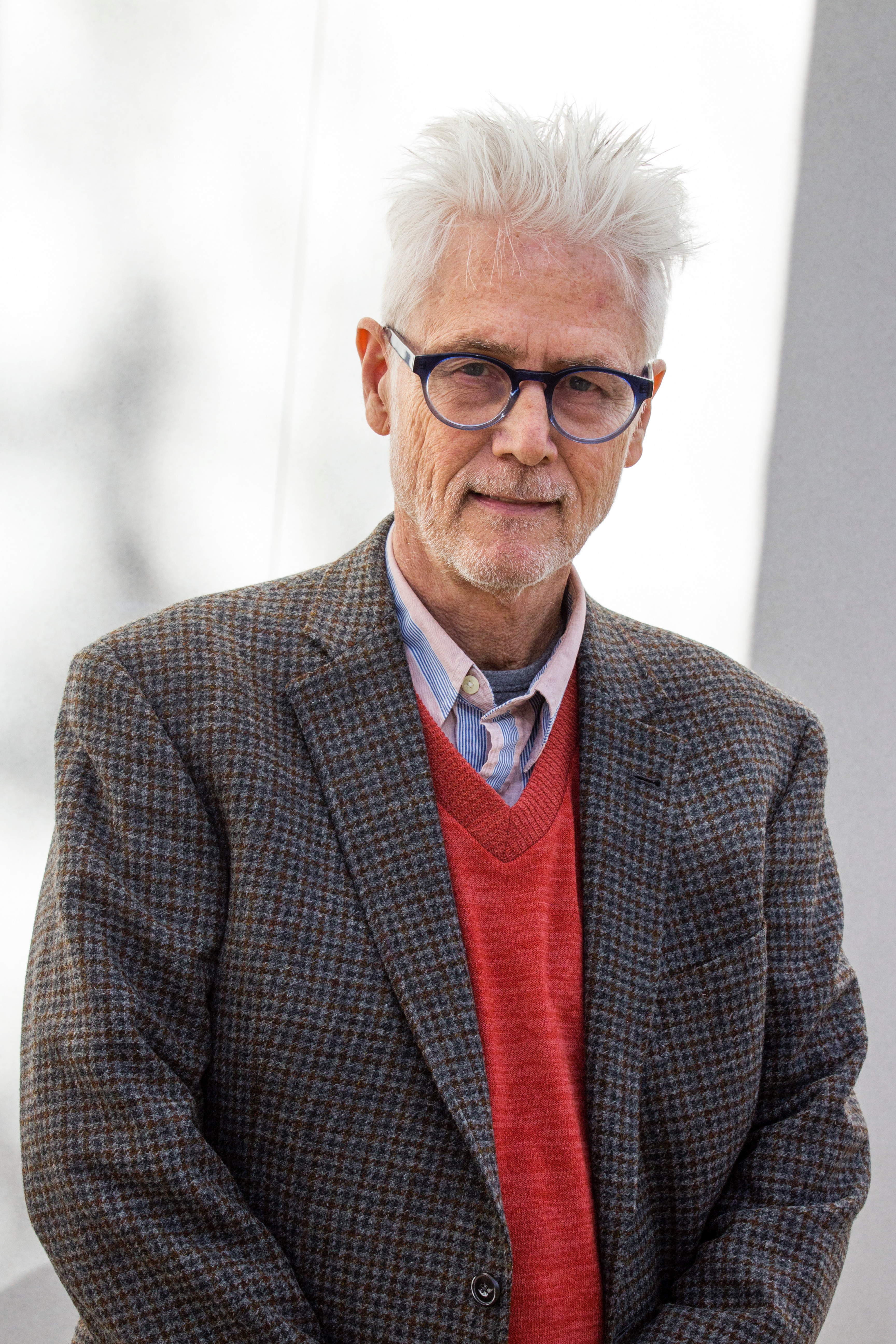Paul Martin Lester, Ph.D.

Dr. Paul Martin Lester is a Clinical Professor with the School of the Arts, Technology, and Emerging Communication at the University of Texas at Dallas.
After an undergraduate degree in journalism from the University of Texas at Austin and employment as a photojournalist for the Times-Picayune in New Orleans, Lester received a Master’s from the University of Minnesota and a Ph.D. from Indiana University.
He is the author or editor of several books including: Digital Innovations for Mass Communications: Engaging the User, Visual Communication Images with Messages Sixth Edition, Visual Communication on the Web with xtine burrough, Images that Injure Pictorial Stereotypes in the Media Third Edition with Susan Ross, On Floods and Photo Ops: How Herbert Hoover and George W. Bush Exploited Catastrophes, Visual Journalism: A Guide for New Media Professionals with Chris Harris, Desktop Computing Workbook A Guide for Using 15 Programs in Macintosh and Windows Formats, and Photojournalism An Ethical Approach. For four years Lester was the editor of Journalism & Communication Monographs published by Sage and for five years the editor of the Visual Communication Quarterly published by Taylor & Francis.
For several years, he co-wrote a monthly column, “Ethics Matters” for News Photographer magazine for the National Press Photographers Association (NPPA). In 2015 he was honored by the NPPA with the Kenneth P. McLaughlin Award of Merit for “rendering continuing outstanding service in the interests of news photography.”
Lester has given speeches, presentations, and workshops throughout the United States and in Australia, Canada, Finland, the Netherlands, Northern Ireland, Spain, Sweden, and Turkey.
His research interests include mass media ethics, new communications technologies, and visual communications.
Lester is currently under contracts to write a book titled Visual Ethics: A Guide for Photographers, Journalists, and Filmmakers for Routledge and a chapter titled “Visual Deception: From Camo to Cameron” for the edited book, The Palgrave Handbook of Deceptive Communication. He also plans to write a supplemental work for a course he is teaching next year tentatively titled, The Roots of TechnoCulture: 25 Objects and Their Connections that Changed Human Communications.
